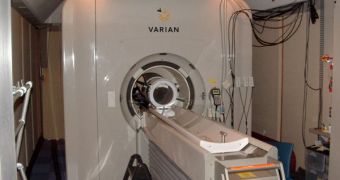Understanding the way humans store short-term memories is crucial for the development of numerous fields of informatics, as well as for better understanding the way our own mind works. That's why researchers at the University of Oregon (UO) and the University of California (UC) have recently used a technique known as functional magnetic resonance imaging (fMRI), in order to try to determine exactly which areas of the brain are involved in short-term memory storage.
For the purpose of doing this, they analyzed the patterns of blood-flow activity in the encephalon, so that they could understand how memory objects were positioned inside our brains. And this was where the fMRI machine came in, seeing how it was capable of actually mapping the organ and highlighting the areas where most activity was recorded at a specific moment. When researchers try to correlate two things together using this method, they simply observe how activity patterns in the brain change as soon as a stimulus appears.
An “interesting thing was that if subjects were remembering orientation, then that pattern of activity during the delay period had no information about color, even though they were staring at a colored-oriented stimulus. Likewise, if they chose to remember color, we were able to decode which color they remembered, but orientation information was completely missing,” UO professor of psychology Edward Awh explains while talking about the test subjects' reactions to an image that was shown to them for just a second, as part of the test.
“Basically, our study shows that information about the precise feature a person is remembering is represented in the visual cortex. This is important because it demonstrates that people recruit the same neural machinery during memory as they do when they see a stimulus,” UC-San Diego psychology professor John T. Serences, who has worked with Awh in the current study, adds. The experiment has been carried out at the UO Robert and Beverly Lewis Center for Neuroimaging.

 14 DAY TRIAL //
14 DAY TRIAL //